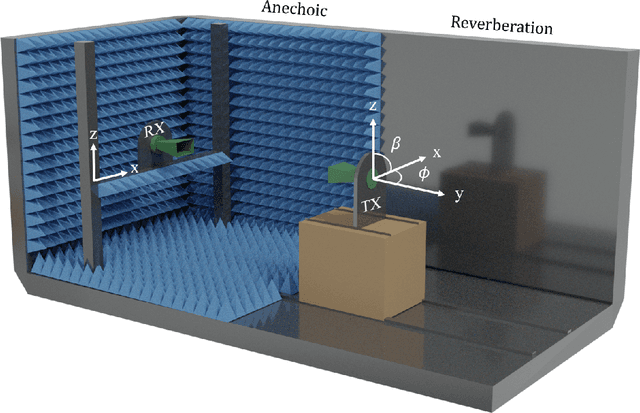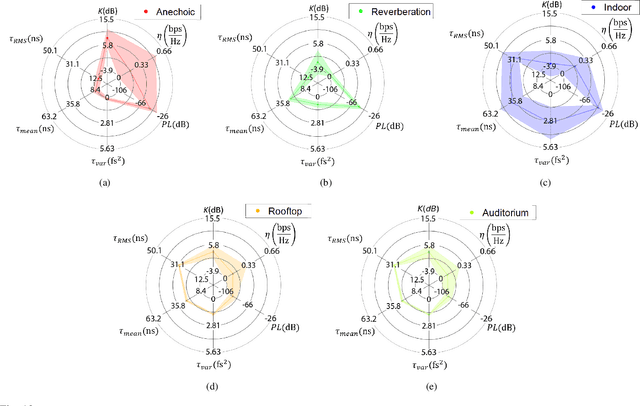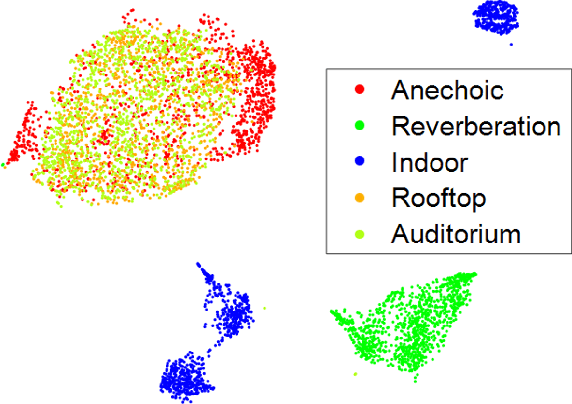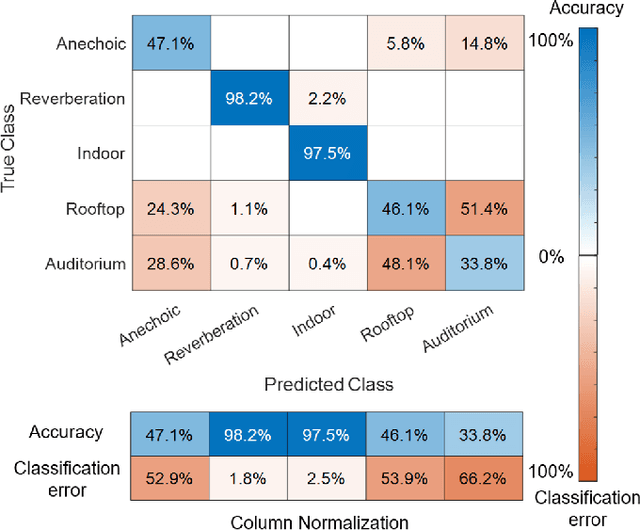Artificial Intelligence and Dimensionality Reduction: Tools for approaching future communications
Paper and Code
Dec 20, 2021



This article presents a novel application of the t-distributed Stochastic Neighbor Embedding (t-SNE) clustering algorithm to the telecommunication field. t-SNE is a dimensionality reduction (DR) algorithm that allows the visualization of large dataset into a 2D plot. We present the applicability of this algorithm in a communication channel dataset formed by several scenarios (anechoic, reverberation, indoor and outdoor), and by using six channel features. Applying this artificial intelligence (AI) technique, we are able to separate different environments into several clusters allowing a clear visualization of the scenarios. Throughout the article, it is proved that t-SNE has the ability to cluster into several subclasses, obtaining internal classifications within the scenarios themselves. t-SNE comparison with different dimensionality reduction techniques (PCA, Isomap) is also provided throughout the paper. Furthermore, post-processing techniques are used to modify communication scenarios, recreating a real communication scenario from measurements acquired in an anechoic chamber. The dimensionality reduction and classification by using t-SNE and Variational AutoEncoders (VAE) show good performance distinguishing between the recreation and the real communication scenario. The combination of these two techniques opens up the possibility for new scenario recreations for future mobile communications. This work shows the potential of AI as a powerful tool for clustering, classification and generation of new 5G propagation scenarios.
 Add to Chrome
Add to Chrome Add to Firefox
Add to Firefox Add to Edge
Add to Edge